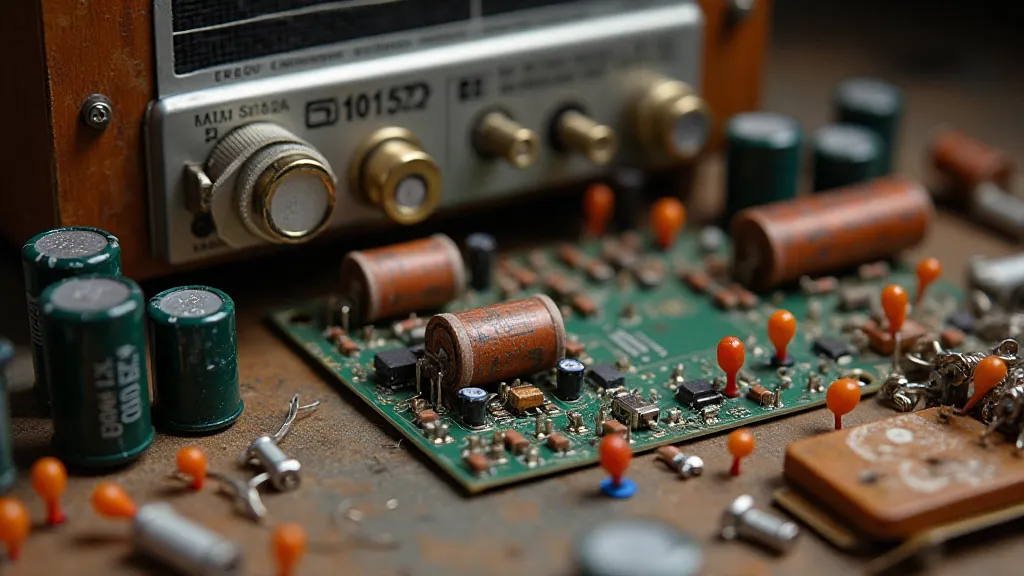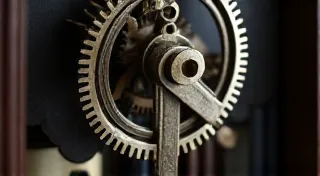The Silent Symphony of Subsystems: Modular Design in Transceiver Construction
There’s a profound satisfaction in building something with your own hands – a feeling that resonates deeply across generations of craftspeople. It's a connection to the past, a quiet rebellion against the disposable nature of modern consumerism. I think of my grandfather's antique accordion, a hulking, beautifully intricate machine of bellows, reeds, and keys. It wasn’t built as a monolithic block; it was an assembly of subsystems, each contributing to the grand, melancholic music it produced. Each reed, each lever, each carefully crafted piece held its own purpose and its own story. That principle – the beauty and utility of modular design – is incredibly relevant to the world of ham radio, particularly when we’re talking about building our own transceivers.
The lure of a DIY transceiver isn't simply about saving money; it’s about understanding. It’s about peeling back the layers of a complex technology and revealing the elegant, interconnected logic at its core. Building a radio isn't just about soldering wires and following instructions; it’s about developing an intuition for how radio waves behave and how we can manipulate them to communicate across vast distances. And that journey becomes significantly more rewarding when approached with a modular mindset.

Why Modular Design Matters in Radio Construction
Imagine attempting to build a whole radio as a single, inseparable unit. The complexity would be overwhelming, the debugging process a nightmare, and any future upgrades virtually impossible. Modular design breaks down this behemoth into manageable pieces: a transmit chain, a receive chain, a local oscillator, a power amplifier, a bandpass filter – each functioning as a relatively self-contained module. This approach offers several key advantages.
Firstly, it simplifies the learning curve. Rather than facing a daunting wall of circuitry, you can concentrate on understanding and mastering individual subsystems. You can experiment with different designs for the local oscillator, for example, without having to re-engineer the entire radio. This iterative process fosters a deeper understanding of the underlying principles.
Secondly, modularity greatly aids in troubleshooting. If your radio isn't working correctly, you can systematically isolate the problem to a specific module, significantly reducing the time and frustration involved in diagnosing the issue. This is especially helpful for beginners who are still developing their troubleshooting skills.
Thirdly, and perhaps most importantly, modularity unlocks the potential for customization and upgrades. As your knowledge and experience grow, you can easily swap out modules to improve performance, change frequency bands, or incorporate new technologies. Want to experiment with a different modulation scheme? Just replace the modulator module. Desire a more powerful amplifier? A simple swap can dramatically increase your transmit range.
A Historical Perspective: Analog Roots and Digital Evolution
The concept of modularity isn't a recent invention. Think again of that accordion. Each button, each reed, represents a component that can be replaced or modified without destroying the entire instrument. This philosophy extends back to early radio construction as well. Even the first radio receivers relied on plug-in detectors, allowing enthusiasts to experiment with different methods of extracting the audio signal from the received radio waves.
The evolution of radio technology, from vacuum tubes to transistors to integrated circuits, has continuously presented opportunities for modularity. In the early days of solid-state radio, discrete transistor amplifier stages were common, easily swapped or upgraded. The advent of integrated circuits initially seemed to diminish modularity, as complex circuits were encapsulated in single packages. However, the rise of surface mount technology (SMT) and increasingly sophisticated development boards has rekindled the modular approach. Today, you can readily purchase pre-built modules for almost every function in a transceiver – filters, amplifiers, mixers, even complete signal processors.

Practical Examples of Modular Construction
Let's consider a few specific examples of how modularity can be applied to transceiver construction. A common approach is to separate the transmit and receive chains. The transmit chain handles the signal generation and amplification before it's sent out into the air. The receive chain processes the incoming signal to extract the audio. Separating these functions allows you to optimize each chain independently, ensuring maximum performance.
Another crucial module is the local oscillator (LO). The LO generates a signal that's mixed with the incoming or outgoing signal to produce the desired frequency. A stable and accurate LO is essential for proper operation, so it's often implemented as a separate module. This allows you to experiment with different LO designs without affecting the rest of the radio.
The power amplifier (PA) is another prime candidate for modularity. A PA can significantly increase your transmit range, but it also draws a lot of power and can be a source of interference. By implementing it as a separate module, you can easily replace it with a more efficient or powerful amplifier as needed.
Beyond the Basics: Customization and Restoration
The modular approach isn't just for building completely new transceivers from scratch; it's also invaluable for restoring antique radios. Many vintage radios suffer from component failures or performance degradation. By isolating the faulty modules and replacing them with modern equivalents, you can breathe new life into these classic pieces of radio history.
Furthermore, modularity empowers you to create truly unique and personalized radios. Imagine combining a vintage receiver chassis with a modern signal processor module. You could retain the classic aesthetic of the old radio while enjoying the benefits of state-of-the-art technology. This blending of old and new is a testament to the enduring appeal of ham radio – a hobby that celebrates both tradition and innovation.

The Enduring Appeal of Hands-On Radio
Building a ham radio transceiver isn't just about transmitting and receiving signals; it's about connecting with a community of passionate individuals, engaging in hands-on learning, and experiencing the satisfaction of creating something tangible. The modular design philosophy isn’s merely a practical construction technique; it's a reflection of a deeper appreciation for craftsmanship, customization, and the enduring power of human ingenuity. Just like that antique accordion, patiently waiting to be played, the radio you build will be a testament to your dedication and skill – a silent symphony of subsystems, each playing its part in the ongoing conversation of the airwaves.





